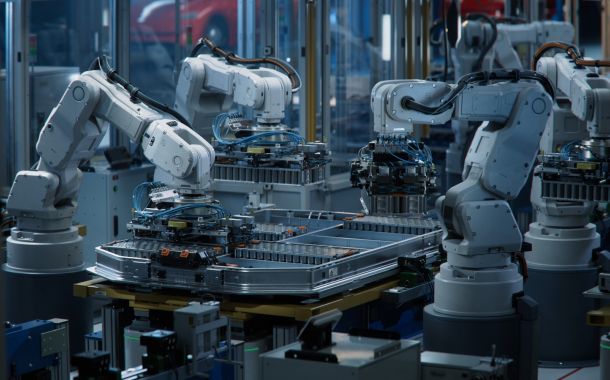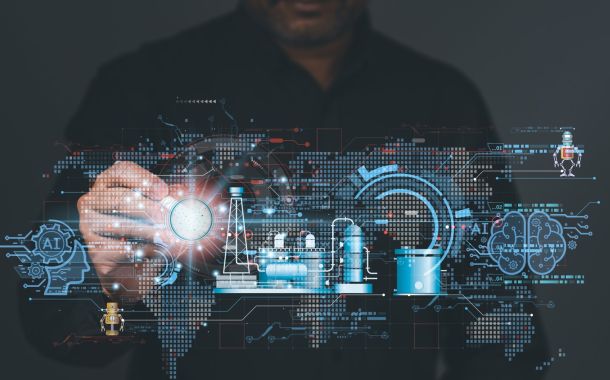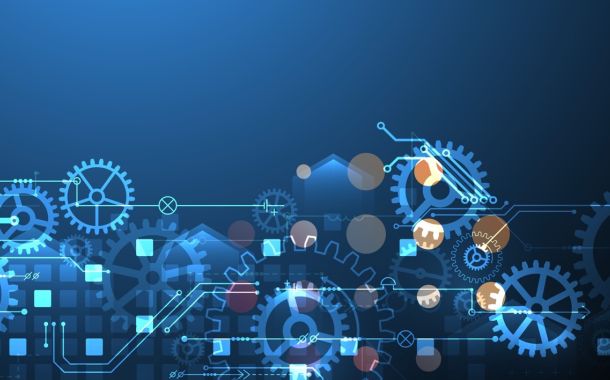Cyber attacks: a guide to understanding digital threats
As technology evolves, cyber attacks are becoming more complex and sophisticated. But what exactly do we mean by a cyber attack? In short, they are unauthorised intrusions designed to steal data, disrupt systems or even gain complete control over an organization's digital infrastructure. The methods used by hackers range from malicious viruses to phishing via email, which can cause serious damage to a company's finances and reputation. Read on to find out more about cyber attacks!
The significance of a cyber attack is particularly high in modern society because of the increasing reliance of businesses and individuals on digital technologies. Recognising this, hackers are constantly improving their attack techniques to exploit any weaknesses in digital defences.
This can not only cause significant financial loss but in the long term can undermine people's trust in digital systems, which is vital for any modern society. Understanding and managing these types of attacks is essential to keep pace with the ever-changing cyber threats.
Types of hacking attacks
The digital world is constantly evolving, and unfortunately, cyber attacks are becoming more sophisticated. Cybersecurity experts divide these attacks into two main categories: 'manual' targeted attacks and automated large-scale attacks. In the former, hackers target a specific target, such as a large company or critical infrastructure, using highly specific methods. In contrast, automated attacks can affect thousands or even millions of systems simultaneously, exploiting vulnerabilities in the network.
The target of attacks can be diverse. Often, hackers will seek to steal data, targeting financial information that can cause enormous damage at both individual and company levels. Ransomware, also known as ransomware, is another common form of attack, where the hacker locks the user's data and demands a ransom for its release. Last, but not least, DDoS, or denial of service attacks, are aimed at bringing the target servers to a complete standstill, thus preventing the availability of services.
These threats can cause serious damage and are a constant challenge for cybersecurity professionals. It is important to be aware of these risks and to be properly prepared against them.
The impact of cyber attacks
Cyber attacks are not just a temporary inconvenience, they can cause serious economic damage. Companies can spend millions on remediation, restoring their infrastructure, and strengthening their security measures. This means not only immediate financial losses but also long-term damage to a company's reputation, which can set back its business and market position. And at a global level, security incidents can destabilise financial markets and trigger economic crises with repercussions far beyond the organisations concerned.
In terms of social and personal impacts, cyber attacks can undermine the privacy and security of individuals. A well-targeted attack can result in personal information falling into unauthorised hands, leading to identity theft and other abuses. In addition, as more and more personal and corporate activities are moved to digital platforms, the loss of social trust is a major challenge.
Protection strategies and prevention
Companies need to continuously improve their security protocols, which include implementing the latest technologies and patching vulnerabilities quickly. Employee education is also a priority, as informed employees can identify and manage potential threats.
At an individual level, we can also take steps to improve our security. Using strong, regularly updated passwords and setting up multi-factor authentication are essential steps. It is also important to update your software regularly. Regular backups can help to protect our data in case attackers do manage to get into our systems.
Together, these steps can make a significant contribution to our security in the digital space, preserving the integrity of our digital identity.
The future of hacking
Technological advances, particularly in AI and machine learning, are ushering in a new era of cyber defence. These innovations could not only revolutionise defence strategies but also allow threats to be identified and countered in real-time. AI will be able to automate processes that previously required human intervention, significantly increasing the effectiveness of defence systems.
On the other hand, despite the constant advances in technology, there is still a huge gap between the average user and cybersecurity experts. While experts have access to advanced tools, average internet users often have little knowledge of how to protect themselves against digital threats. Therefore, it is of paramount importance that in the future we place a strong emphasis on awareness and education to ensure that everyone has access to the tools they need to effectively protect their digital identity.
SynerinSoft helps you protect the data your company generates, and the infrastructures you build. We have extensive experience in cyber defence, and our team of professionals is up-to-date, flexible, and a real problem solver. Learn more about our services and contact us!




